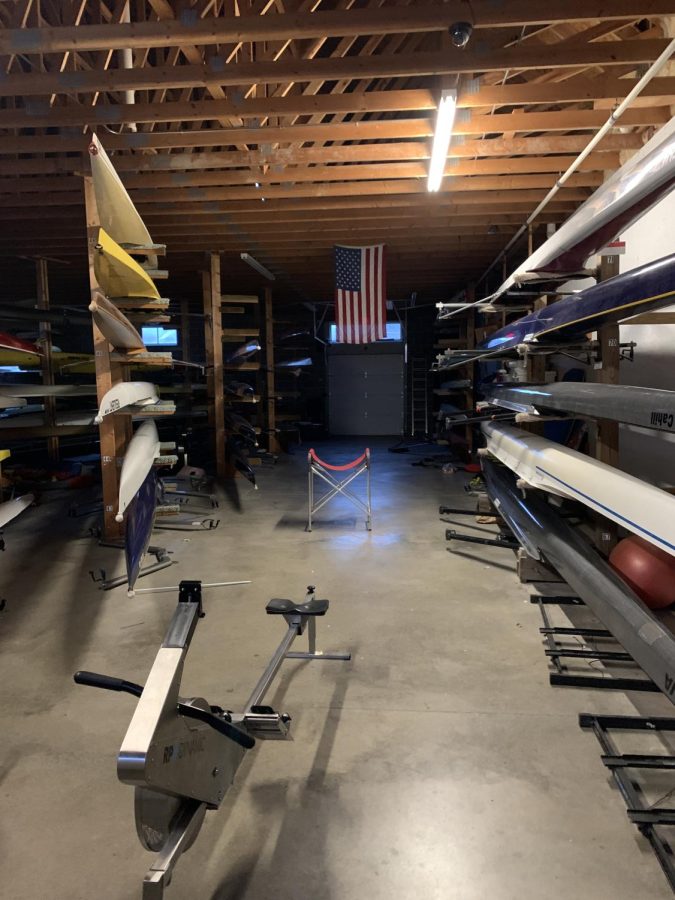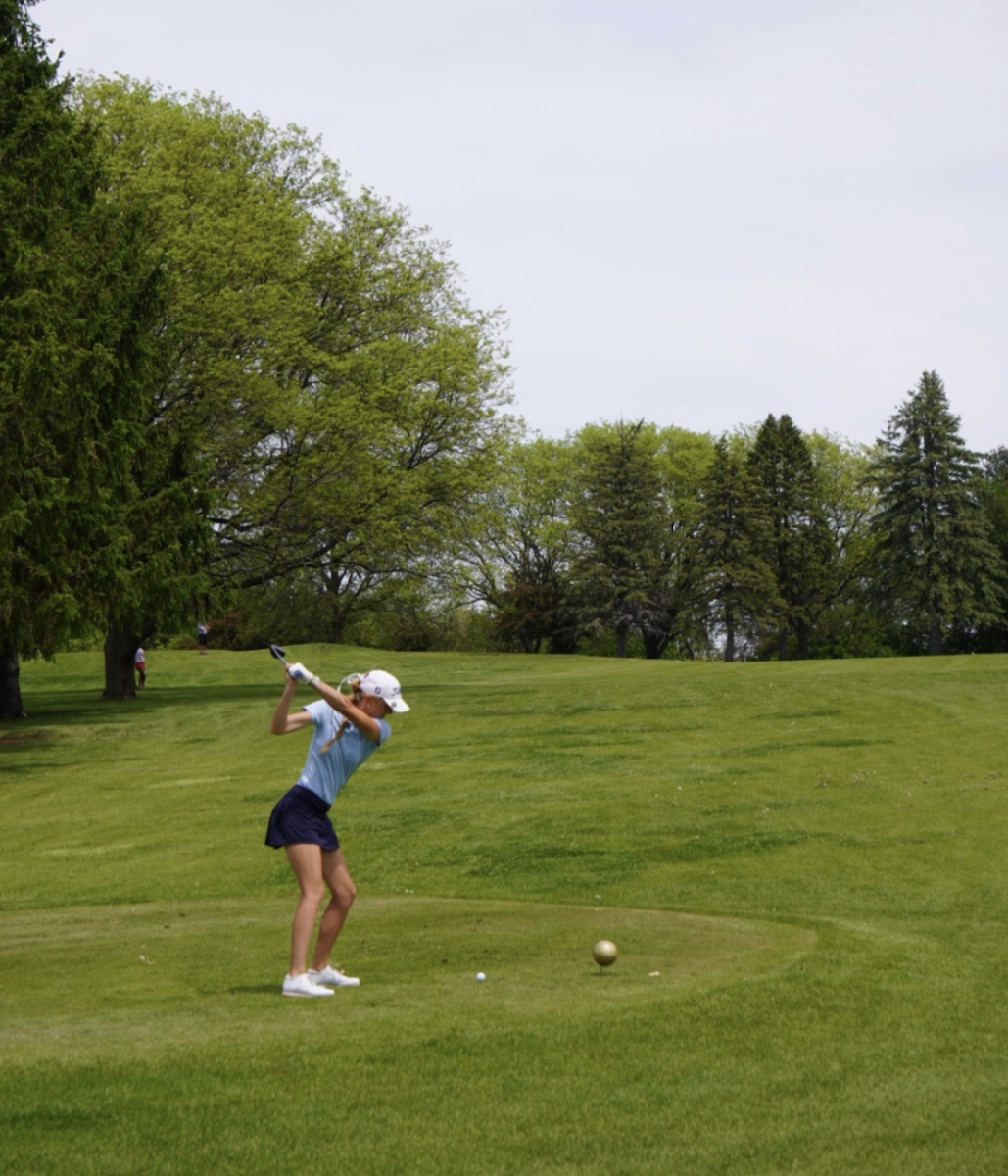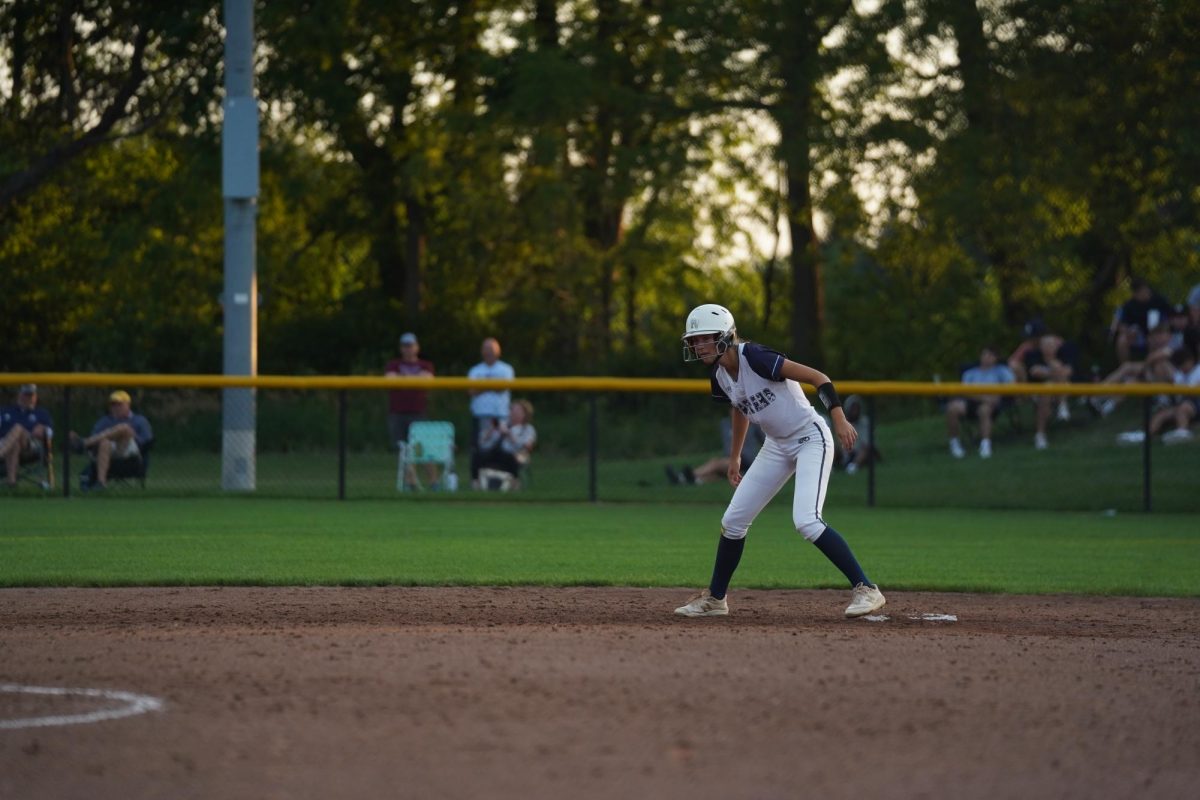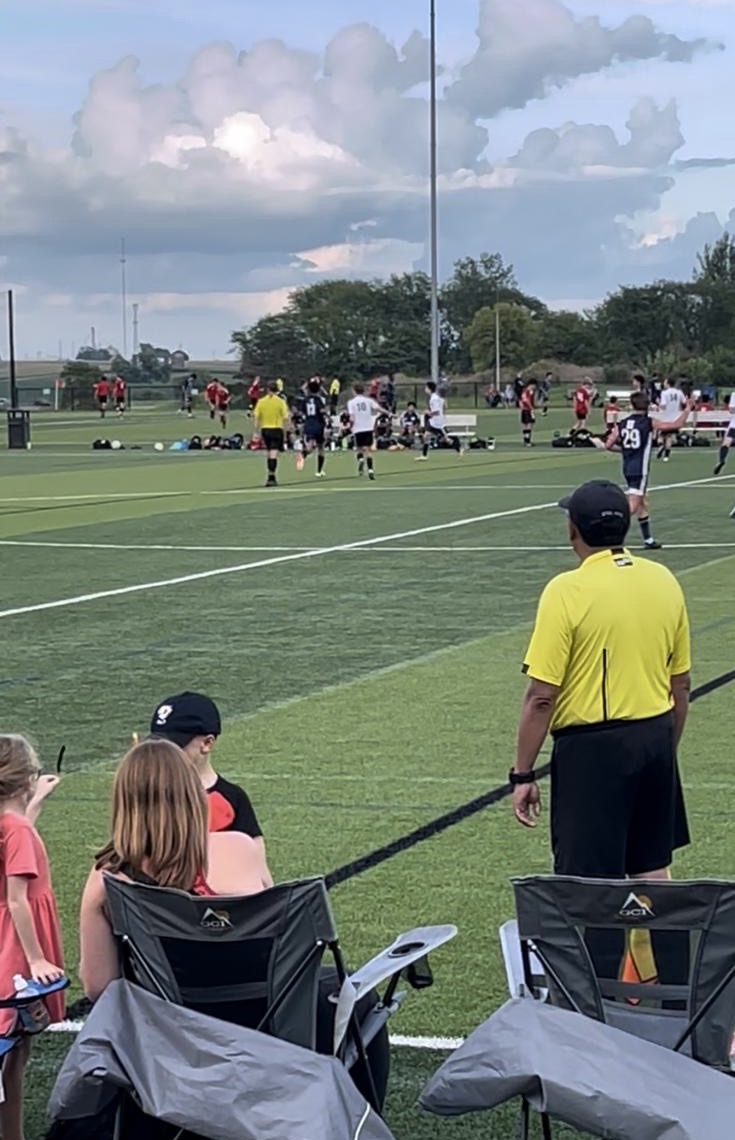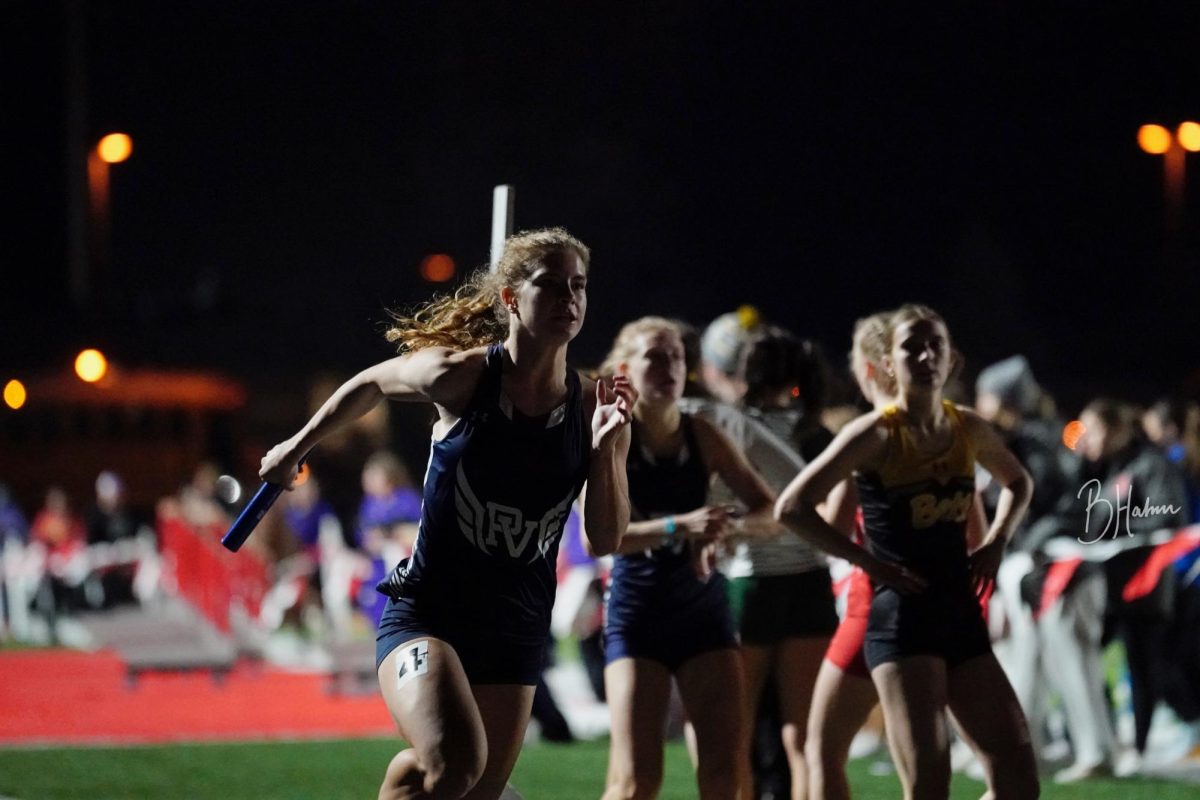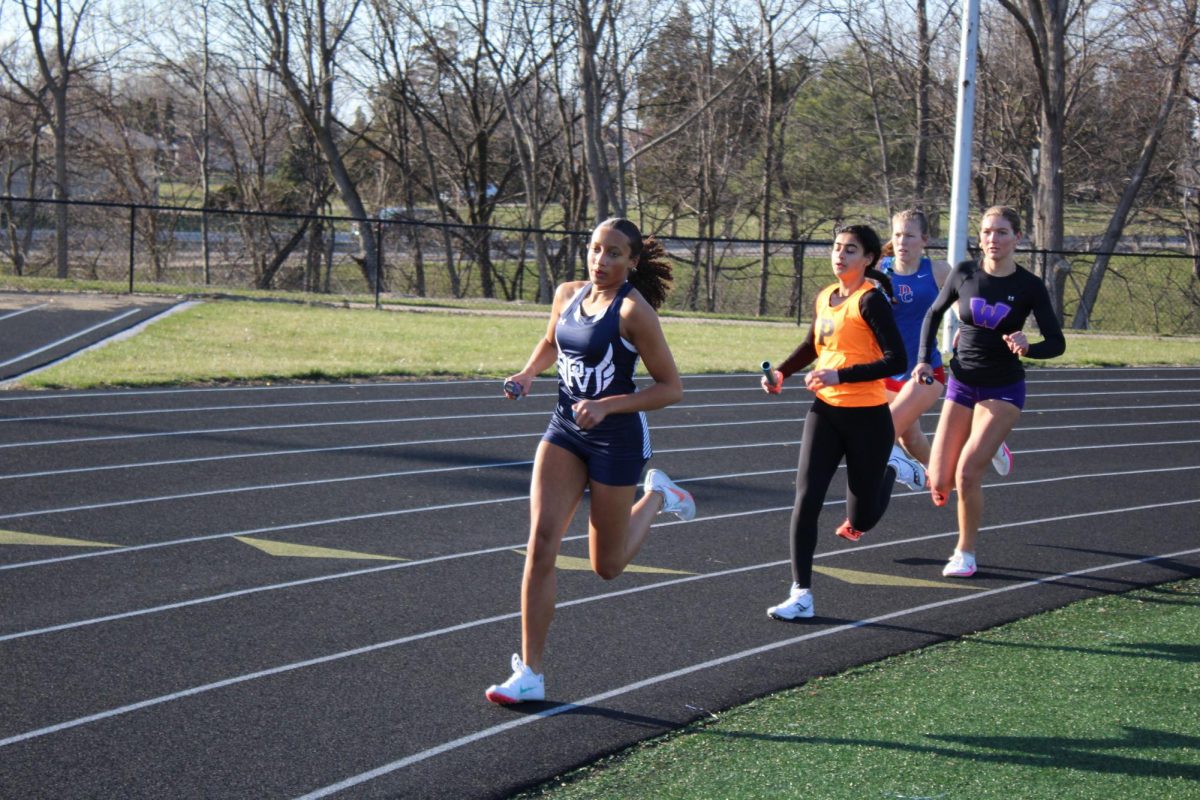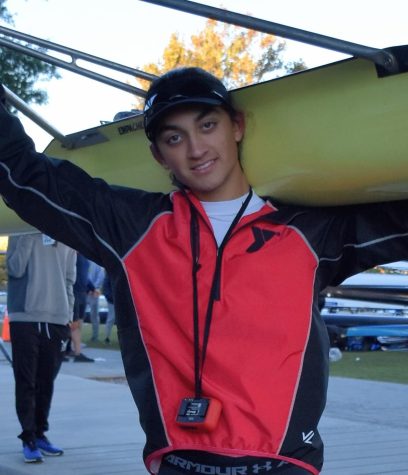Not many sports have distinct indoor and outdoor seasons. But in rowing, the two necessitate each other.
The historic 2021 season will not soon be forgotten by members of the Y Quad Cities Rowing team. The accolades of the season were lengthy: a new plaque record and both men’s and women’s points trophy at the Midwest Regional Championships, an impressive gold-silver finish for two women’s quadruple sculls at Youth National Championships as well as a bronze medal in the men’s single sculls. In the fall season, the team won a gold medal at the famed Head of the Charles and multiple gold medals at Head of the Hooch.
But as the seasons changed and the conditions became too cold to row on the water, the grind continued on the ergometer inside. Every year, the team buckles down for intense indoor training from mid-November through early March. Early in the winter, athletes work mostly on endurance-based training, completing long workouts on the erg that often total over 10,000 meters of distance. After winter break, training transitions to sprint-based workouts, focusing on sustaining power for 2,000 meter races.
Athletes often have a love-hate relationship with erg season. Ela Ersan, a senior and Boston University Women’s Lightweight commit, noted her disdain for indoor training. “You know you are working hard to become a stronger person and achieve your goal, but in the present it feels like torture,” she said. “It drains you physically and requires a strong positive mindset in order to get through each workout.” Even though there’s a sort of hatred for the machine, the fitness they gain is what propels them to the next level come water season.
In addition to the drive to win, athletes stay motivated by a points competition put in place by coach and Olympian Peter Sharis. Teammates compete against each other on every workout to gain points by meeting or exceeding their targets, and the healthy spirit of competition pushes athletes to go as fast as possible.
As with any other high school sport, the team must deal with the fact that senior teammates move on. Their absence leaves holes in once-strong boat lineups and the confidence of the team is shaken. The friendships that form over years of spending almost four hours every day with each other transcend the simple definition of teammates. And when suddenly those mentors, peers and adversaries leave, a new team dynamic is formed, unique from the last.
This year, the team is also adjusting to a change in coaching. The former assistant coach moved on to coaching a collegiate team, and the transition to a new coaching style has affected many rowers. Junior Aden Anderson described the growing pains associated with the handover. “The recent changes in coaching staff have definitely been a journey. All of the switching between coaches and the inconsistency has been a bit sketchy,” he said. Although coach Sharis remains, he plans on moving to a consultant role through the coming season.
Rowers have been filled with anticipation for the end of winter season. As water temperatures increase, the team will likely be back on the water by the beginning of March. With one final indoor competition in Indianapolis, they hope to manifest the hard work and dedication they have displayed all winter.
Then, their training will continue on the water, practicing on the Mississippi river in the mornings before school and in the evenings after. They hope to solidify their final boat lineups by the Midwest Championships in mid-May, and after, they will send their best to represent the Quad Cities and the Midwest at Youth National Championships in Sarasota, Fla.
There’s still much work to be done if this year’s group wants to match the achievements of 2021. But the potential is there, and the drive to succeed that has always powered this special team means the 2022 season is promising.


